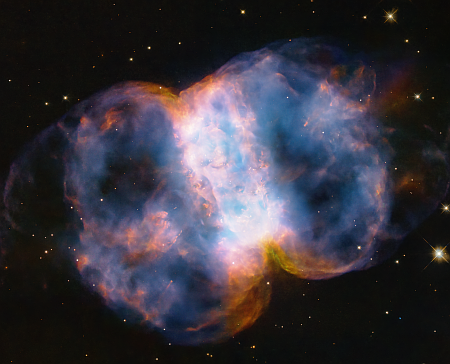China launches three astronauts to its space station
Earlier today China successfully launched a three-person crew to its Tiangong-3 space station, its Long March 2F rocket lifting off from its Jiuquan spaceport in the northwest of China.
No word on where the four strap-on boosters, the payload fairing, the core stages, and the upper stage crashed inside China, using very toxic hypergolic fuels. This new crew will replace the present crew, who are completing a six-month tour. The new crew will complete a similar-length mission.
The leaders in the 2024 launch race:
42 SpaceX
17 China
6 Russia
5 Rocket Lab
American private enterprise still leads the rest of the world combined in successful launches 49 to 29, while SpaceX by itself still leads the rest of the world, including other American companies, 42 to 36.
Earlier today China successfully launched a three-person crew to its Tiangong-3 space station, its Long March 2F rocket lifting off from its Jiuquan spaceport in the northwest of China.
No word on where the four strap-on boosters, the payload fairing, the core stages, and the upper stage crashed inside China, using very toxic hypergolic fuels. This new crew will replace the present crew, who are completing a six-month tour. The new crew will complete a similar-length mission.
The leaders in the 2024 launch race:
42 SpaceX
17 China
6 Russia
5 Rocket Lab
American private enterprise still leads the rest of the world combined in successful launches 49 to 29, while SpaceX by itself still leads the rest of the world, including other American companies, 42 to 36.










